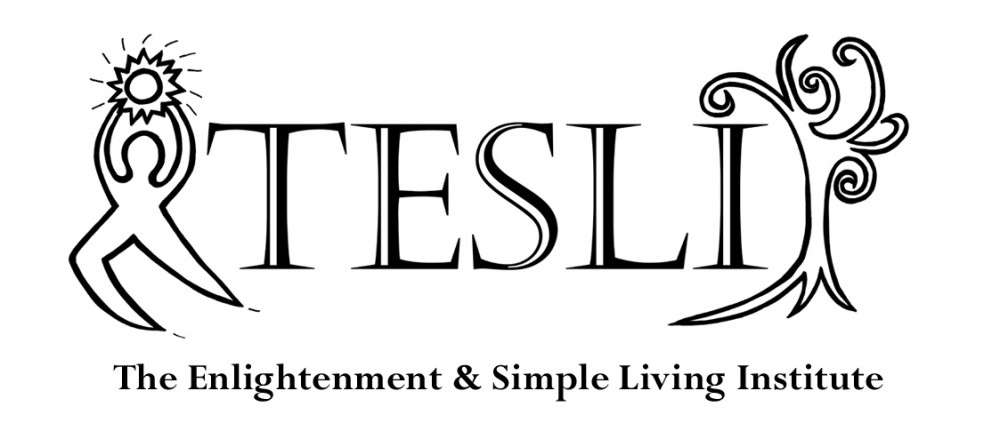It went just like this last year. Early spring brings malva (mallow) and mustard as the predominant weeds in my yard. Then, I have a brief respite when I can look out at the quarter acre of mostly bare ground and breath easy. Since I’m used to California and the dry season, I think I am done weeding for the year. I relax my guard down, but suddenly the purslane (Portulaca oleracea) appears.
I am curious. How does it know when to emerge? But perhaps I have the answer. I know, from college studies of horticulture and plant physiology, that seed germination is a response to a number of environmental cues. Things like temperature, day length (photoperiodism), light exposure, and water exposure can activate germination and end the dormancy of the seed.
What is so surprising to me is that these same plants seemed to grow whenever and where ever I watered in California but here in Phoenix they seem locked into a biorhythm. I don’t think their genetic code for germination has changed, so it must be that my awareness of their pattern is enhanced.
I think my awareness is increased do to greater contrast. The weed life in my garden flourishes in the cool and warmer spring here in Phoenix. Then there is a lull before the succession to the next species ensues. The lull makes the second splash of life more dramatic. Last year I thought our summer rains stimulated the second growth, but I can see this year that the second emergence is already beginning, ahead of the monsoon.
I am also willing to entertain a second level of genetic code regulating the first layer. When conditions are not right for germination seeds remain dormant. When the optimal light, heat, etc is present dormancy is unlocked and seeds begin the germination process. However, seeds that we purchase from the store often lack dormancy. This means that they will germinate given a little warmth and water. Wild seeds that have a more robust dormancy requires more stimulation than just water and heat.
What about purslane seeds I can purchase? Yes, you can purchase purslane seeds. And one would expect them to germinate with just water and warmth. This suggests that something about dormancy has been changed. This is the mystery. The genetic code has not been modified, yet my wild purslane does behave differently than purslane I might plant intentionally.
We all contain a huge amount of DNA that we don’t express. For instance, I have the genetic code to look like a frog, yet I only express the genetic code to look like a human. Likewise, wild and domestic purslane have the same coding (I don’t think Monsanto has been tinkering with this one, yet). However, there appears to be an intelligence in control., an intelligence that can foresee optimal germination conditions.



